Hurdles to be taken
As ATMPs progress towards commercialization, engineering challenges increase along with the increased number of patients and collection sites needed for phase II/III clinical trials. The main challenges are raw material variability, up/outscaling issues and production-related costs. To address these hurdles, automatization, process analytical tools, robotics and closed system approaches play a main role.
Raw material variability
High-quality ATMPs start with high-quality raw materials. Both the donor cell material (apheresis product) and auxiliary raw materials such as cell culture media have a major impact on the robustness of the biomanufacturing process. Apheresis product variability is cited as the major reason ATMPs fail manufacturing runs. Most often, this is due to not hitting target therapeutic cell yields needed to ensure product potency. Therefore, it is of high importance to create a standardized and robust apheresis collection method, along with access to a large, diverse and reliable donor network which are pre-screened for the target cell population. In addition, as part of the quality-by-design approach, a characterization of the raw materials in function of their critical material attributes (linked to the critical process parameters and the critical quality attributes) gives crucial information to create flexible and robust ATMP development processes.
Up/outscaling
As ATMPs move from small research institutes to larger-scale manufacturing companies, upscaling of ATMP-products can influence the properties of cells for example. Obviously, to ensure the full safety and efficacy profile of the end product, the biological nature of ATMPs should not change drastically during the upscaling process. To avoid the shear-stress cells may experience during the upscaling process, as is the case for large stirred tank reactors (STR), companies are exploring to combine multiple smaller cell culture units in parallel, known as outscaling, instead of the use of one big cell culture system. Unfortunately, the up/outscaling of an ATMP process goes hand in hand with new challenges. Since the current ATMP-manufacturing processes are very manual and operator-intensive, up/outscaling the process requires more operators. The more operators are involved, the more human errors can occur which influences the robustness of the process. Therefore, automatization of the process is one of the key factors to reduce workload, cost and human errors. This automatization can also result in a simplification of the process, which further increases the productivity and will enable the reproducibility of the manufacturing process.
Closed systems
To maintain the safety profile of ATMPs towards patients, the risk of cross-contamination must be taken to a minimum. Until now, a sterile ATMP production environment has been maintained in means of cleanrooms. Up/outscaling of ATMP production turns automatically in the expansion of cleanrooms, which entails a very high cost. A reliable solution consists of implementing closed culture systems, maintaining a sterile environment. Furthermore, a closed culture system approach can deliver improved process robustness and can be brought closer the patient.
Process monitoring
To improve the robustness of a production process, a quintessential aspect is continuous monitoring to assure the production of low variability products at each step of the manufacturing process. Rather than wait till the end of the process to discover poor quality products, we should be monitoring, in real-time, raw materials and the intermediate steps in the production process of ATMPs. This makes it possible to adjust very quickly your production process in order to assure high-quality end products. This is the part where artificial intelligence (AI) such as machine learning can play an important role. AI is able to interpret high-dimensional input data from process monitoring to make inferences about difficult-to-measure process variables such as cell density, viability or identity. This information can then be used as an in-process control and quality control of your production process. More information about AI applications in the ATMP sector can be found in one of our previous blogposts.
How does Quality by Design fit in?
Success in developing global manufacturing processes of ATMPs will be driven by a robust understanding of both the products and the processes in order to establish the target product profile and critical quality attributes. Therefore, process automation and early process improvements are key to enable proper upscaling, to reduce the amount of comparability testing and eventually result in a cost-effective medicine.

Quality by design developed, together with Antleron, a cloud-based software platform ‘Cell by Design (CbD)’ to facilitate process automation and the use of machine learning methods and predictive modelling. This CbD-software follows a structured and quality-focused approach in the development of new ATMPs which expedite market authorization.
References
- Autologous CAR-T Cell Manufacturing: Current Standing and Future Directions, Siegler S. et al, 2017
- Design and optimization of a quality target product profile for ATMPs, Salmikangas P., 2019
- Optimizing starting material quality for cellular therapeutics, Clarke D and Aragon M, 2018
- Overcoming raw material challenges in cell & gene therapy manufacturing, Digustio D. et al, 2020
- Quality cell therapy manufacturing by design, Lipsitz Y. et al, 2016







.png?width=109&height=108&name=Pharma%20(2).png)
.png?width=111&height=108&name=Medical%20Devices%20(2).png)
.png?width=84&height=107&name=IVD%20(2).png)



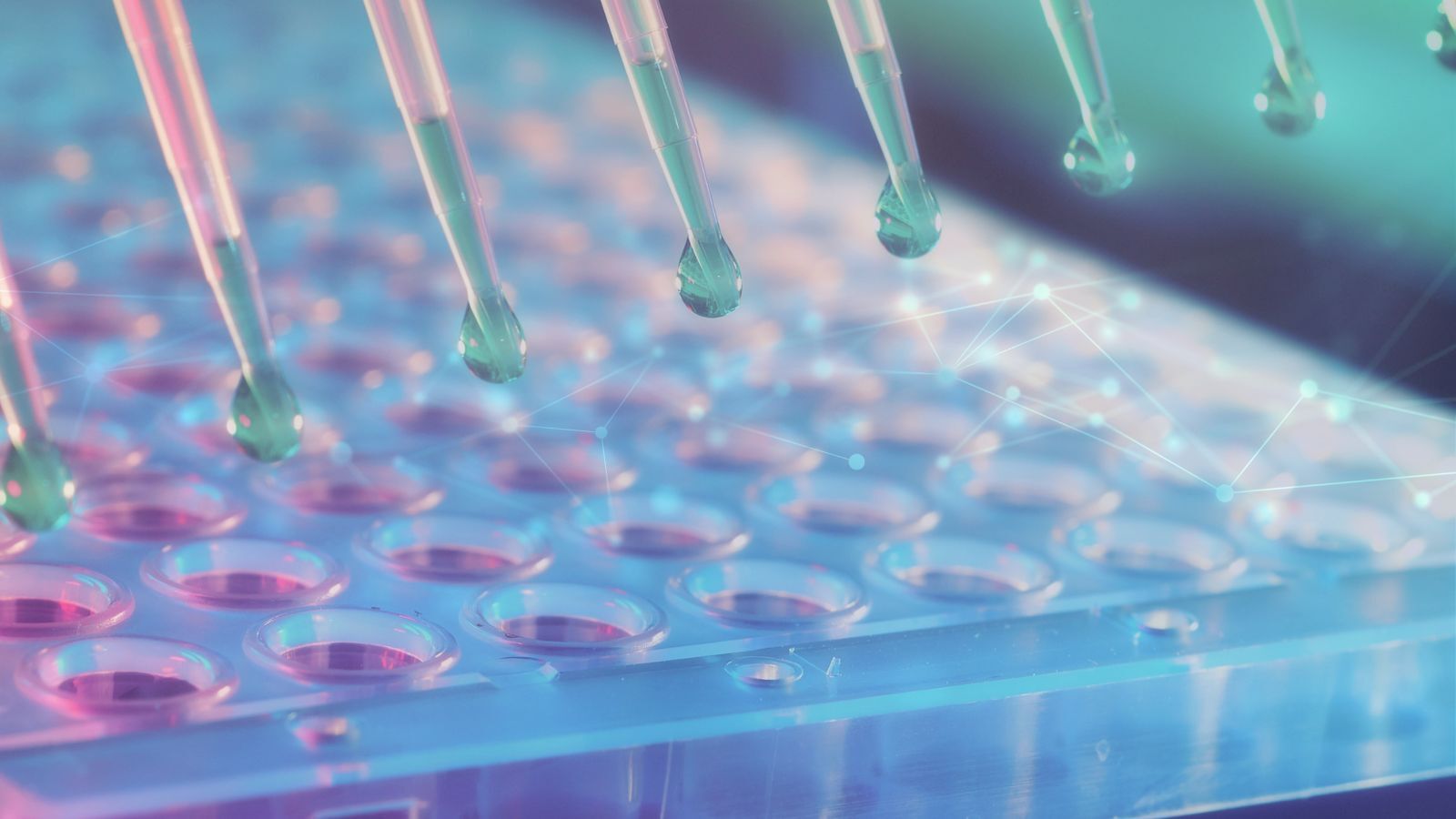


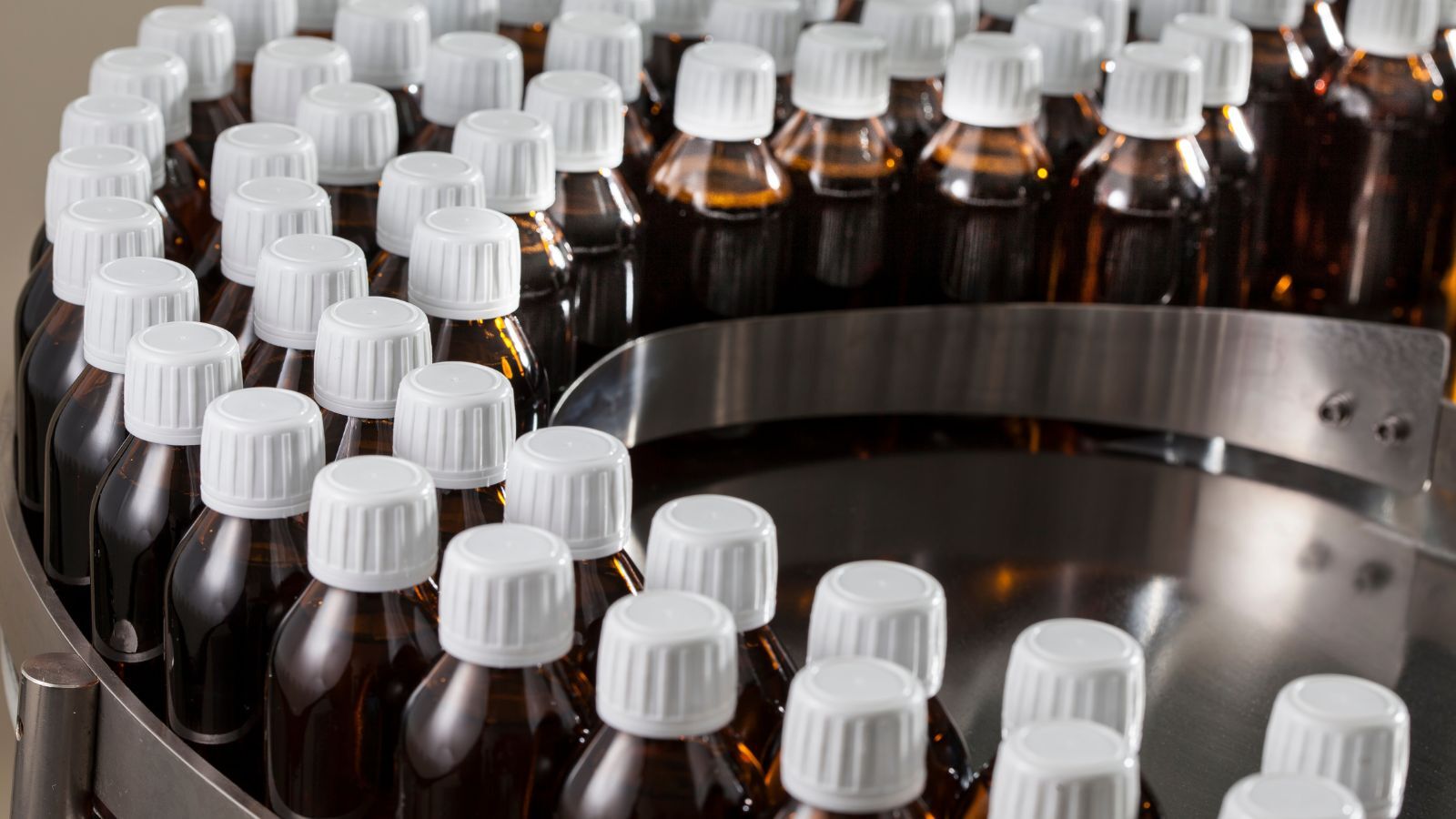


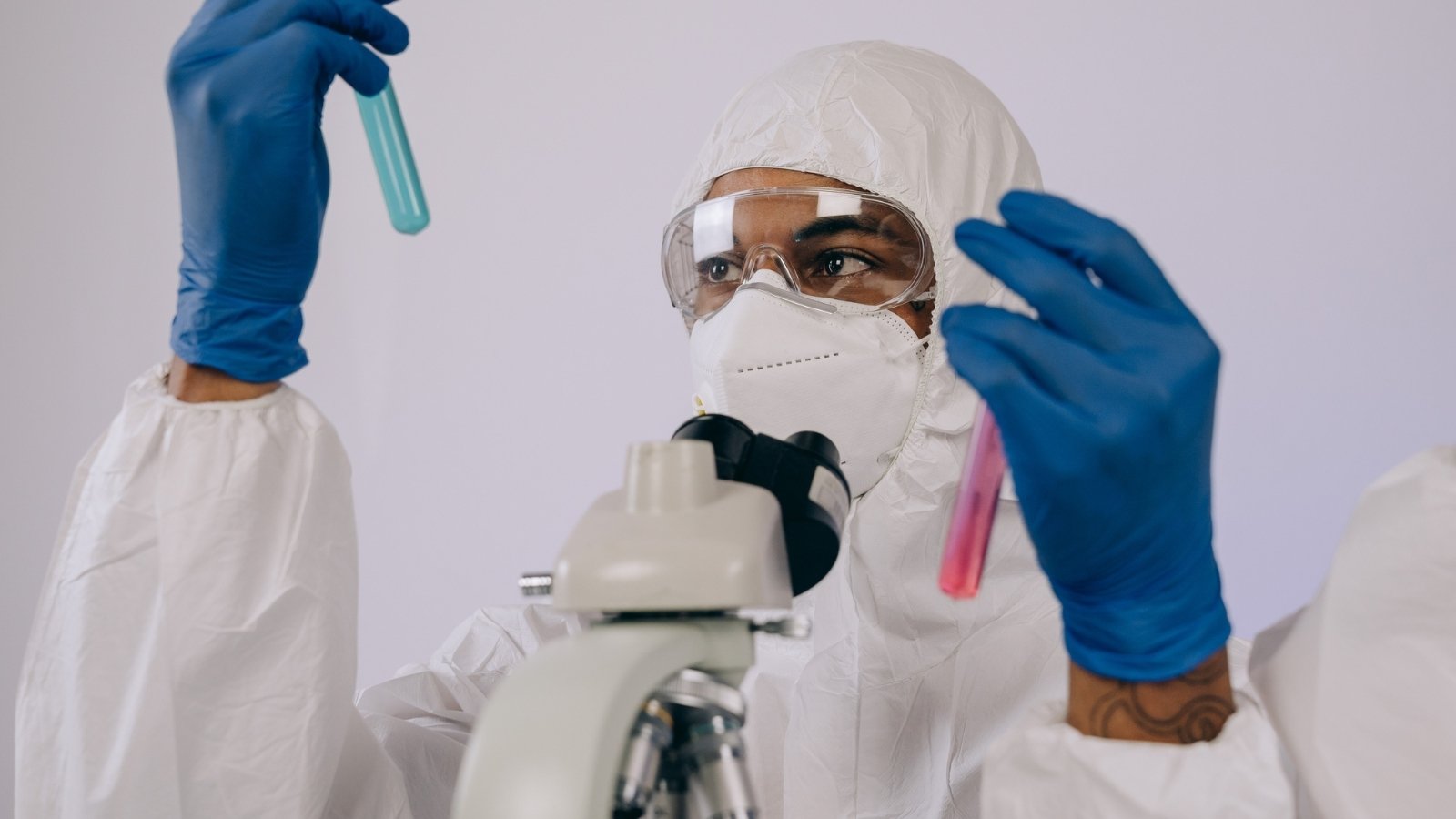



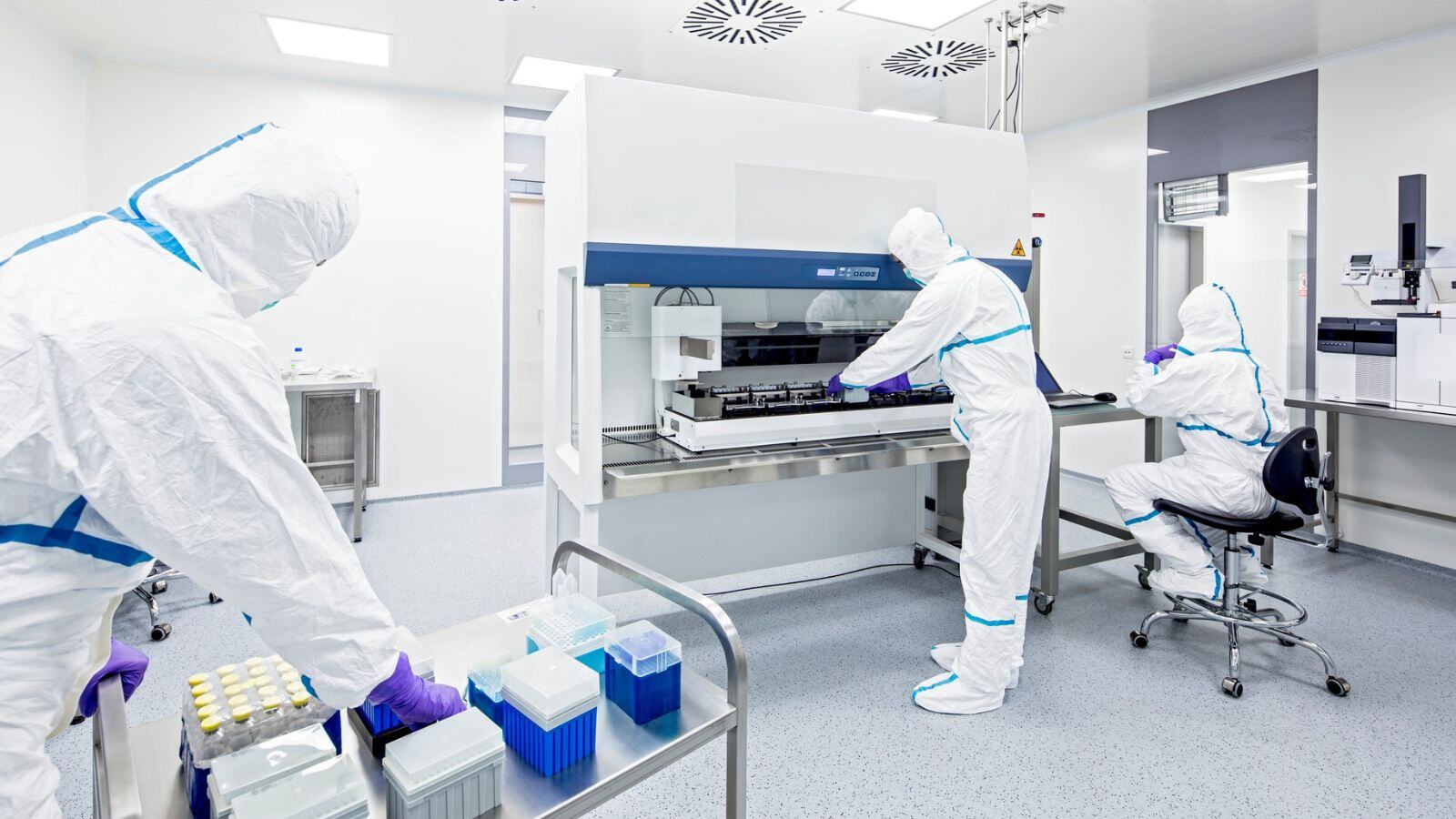
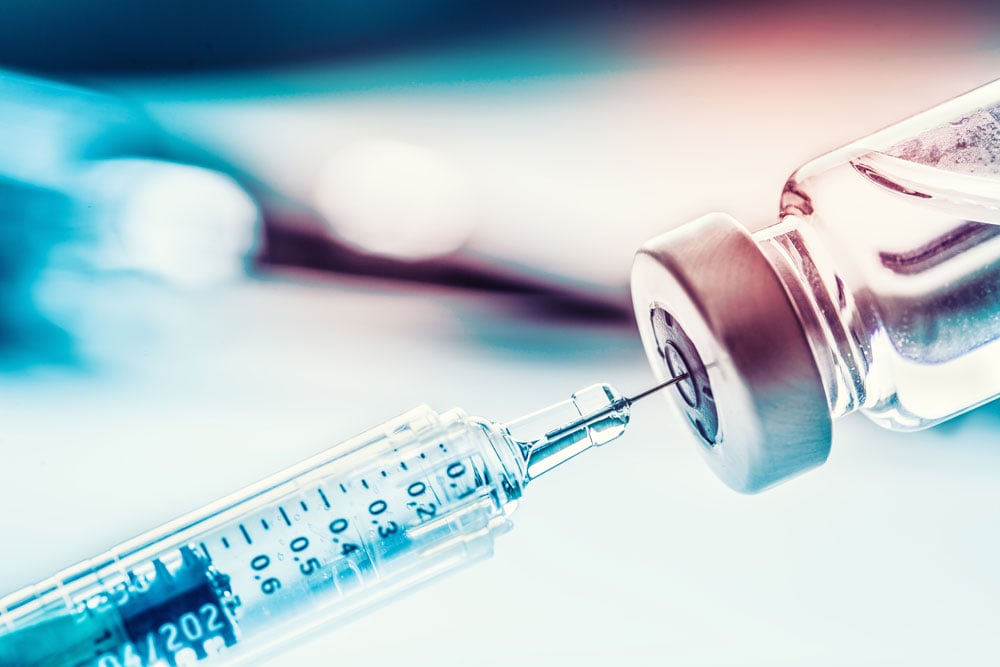
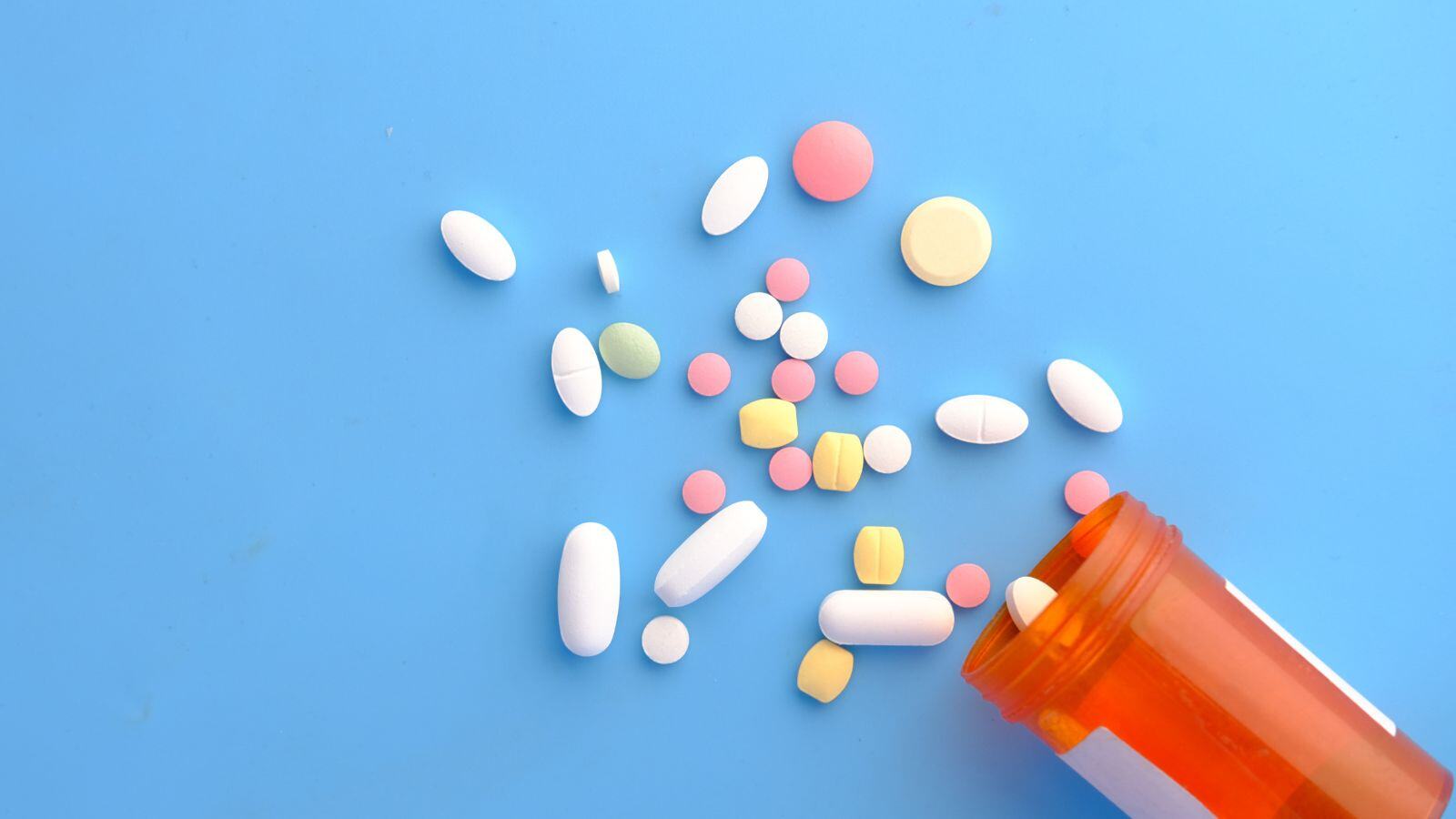

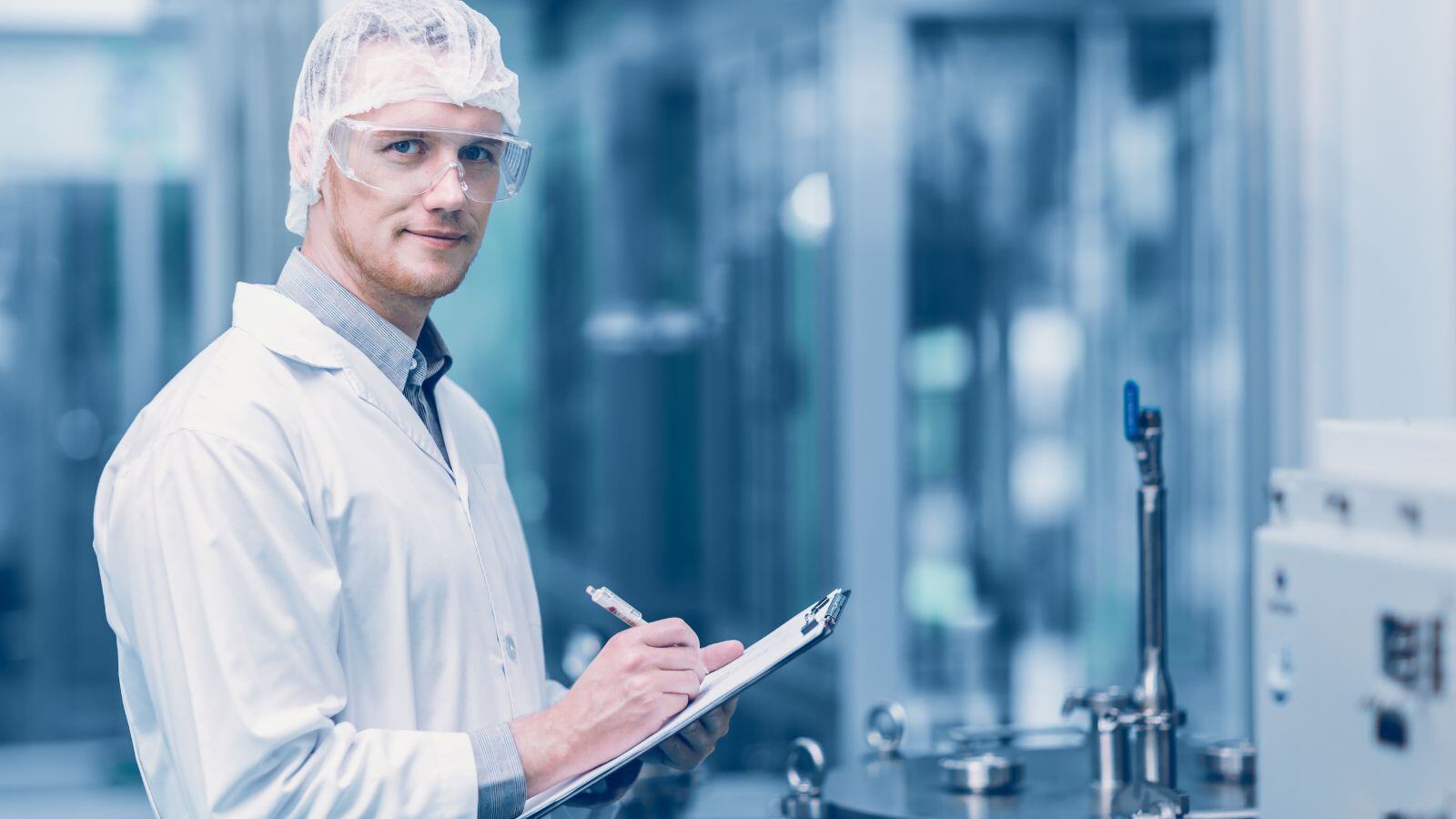
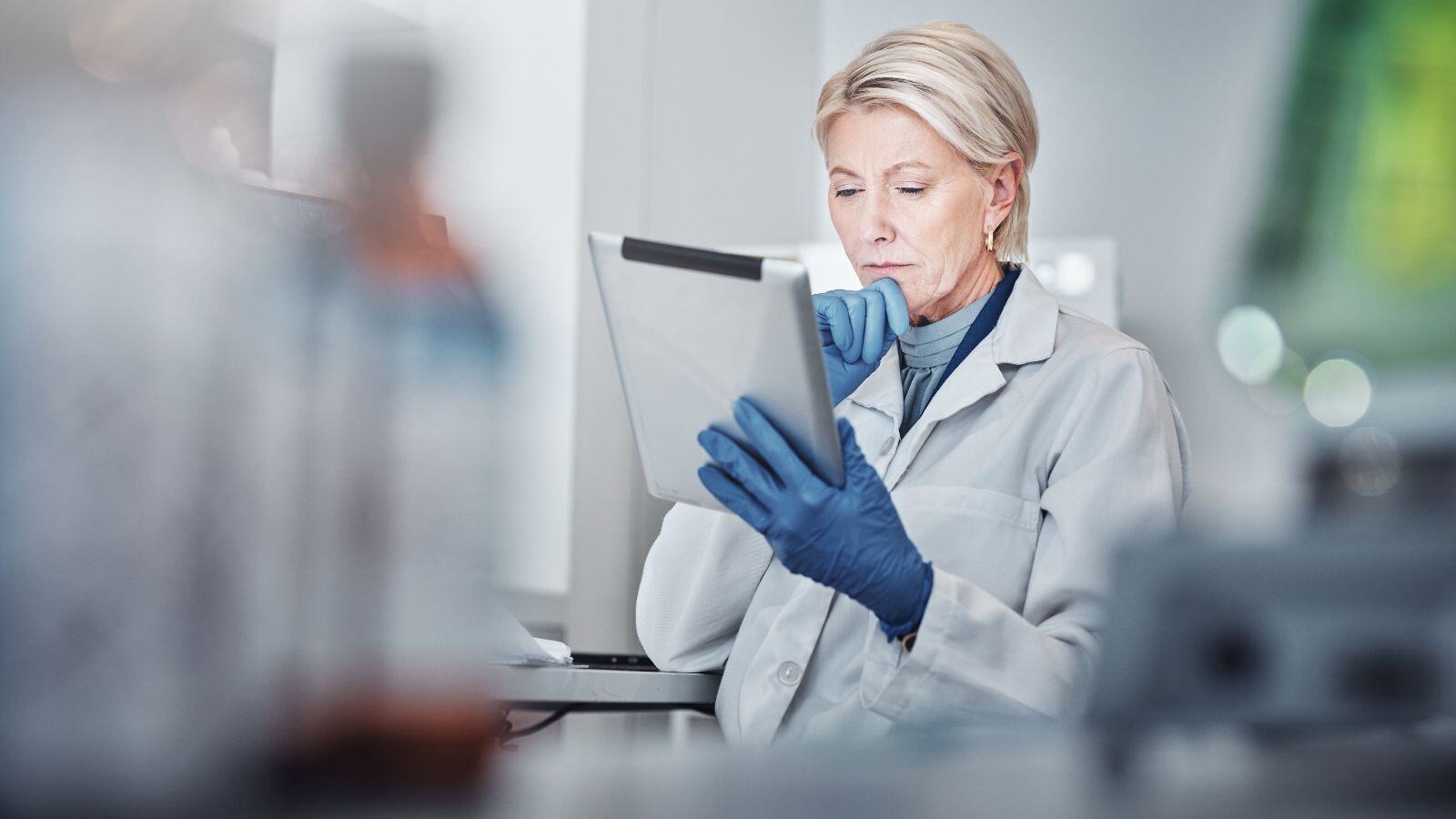
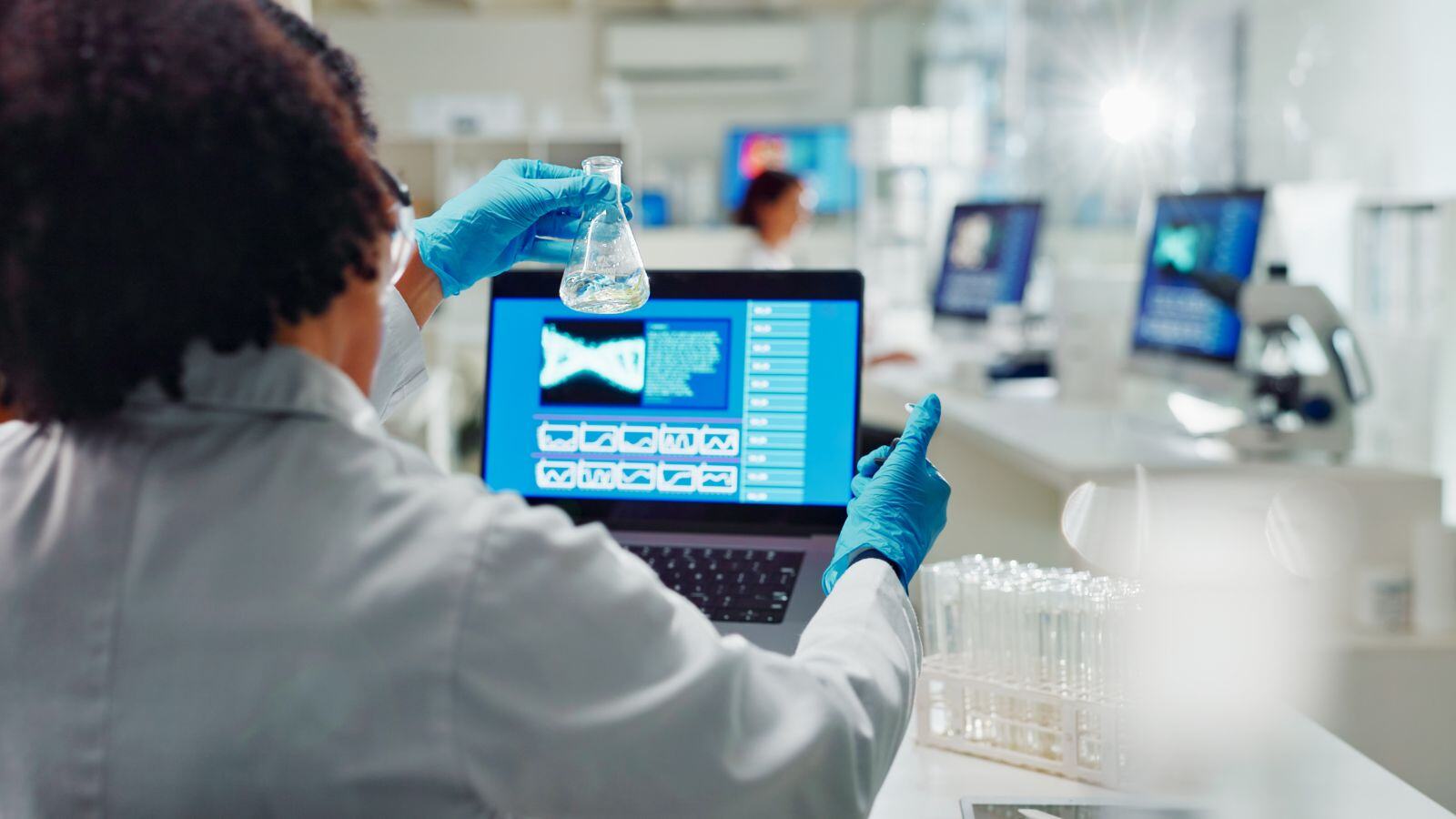

%20Checklist.jpg)




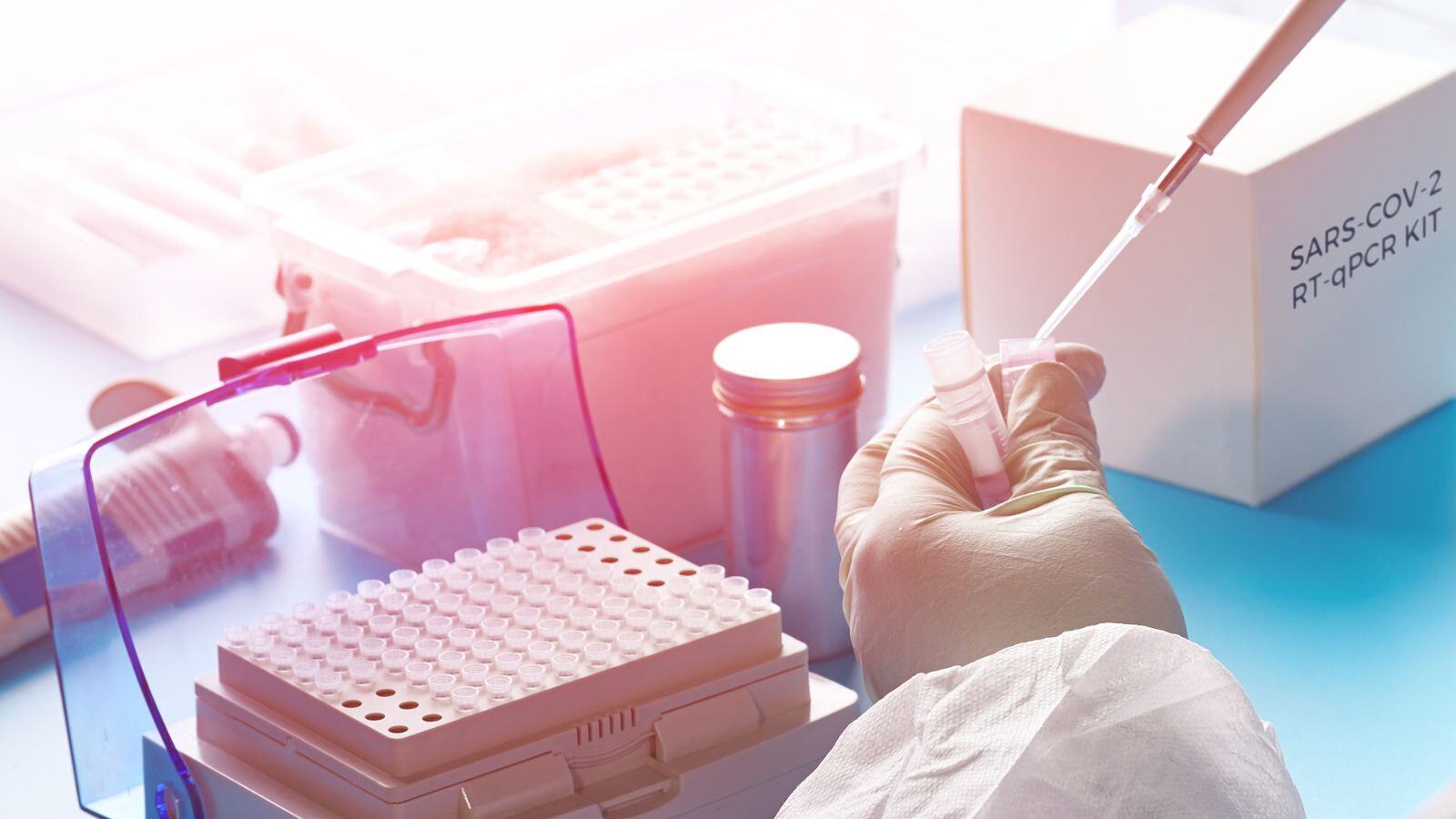





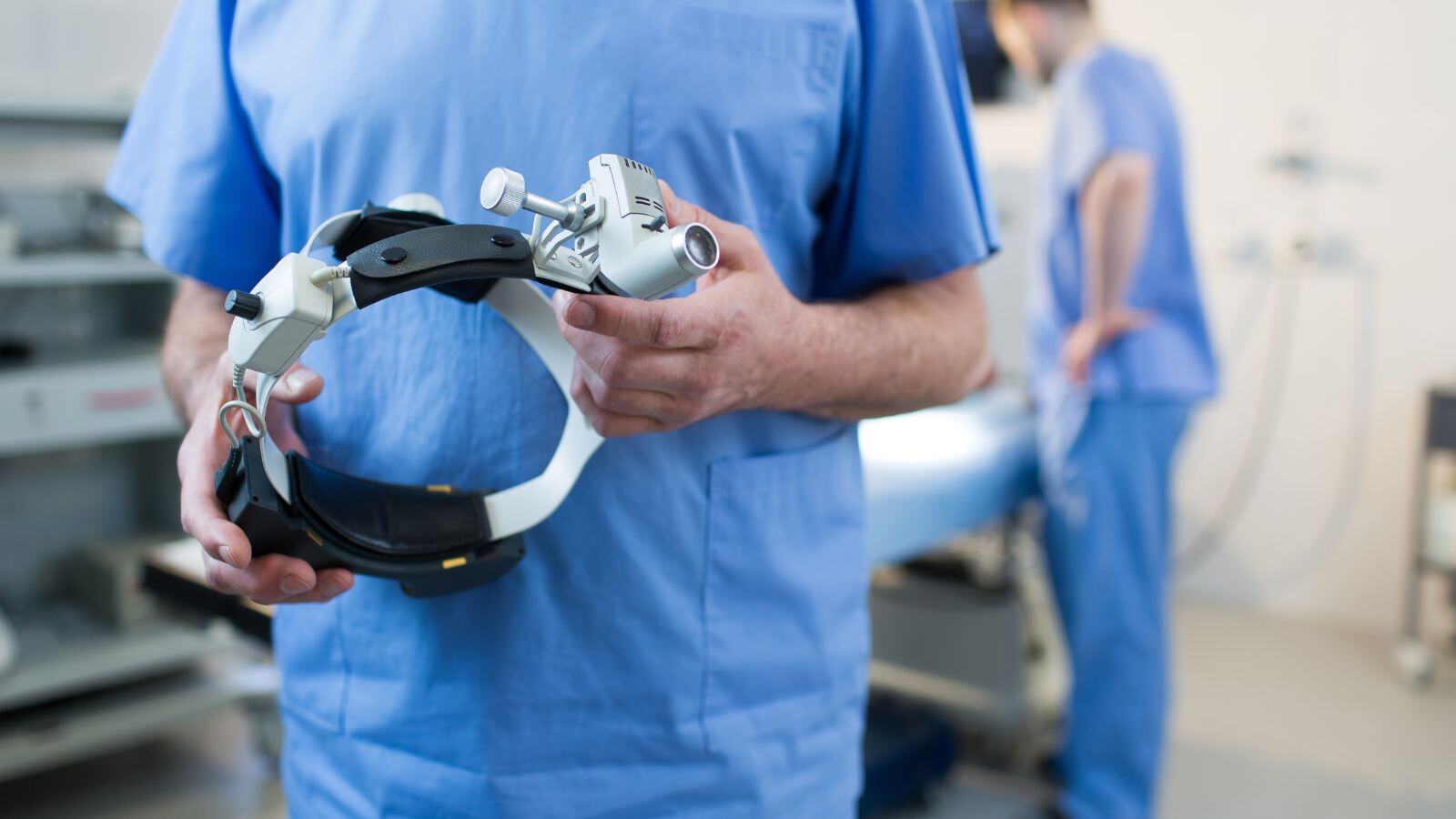
.jpg)



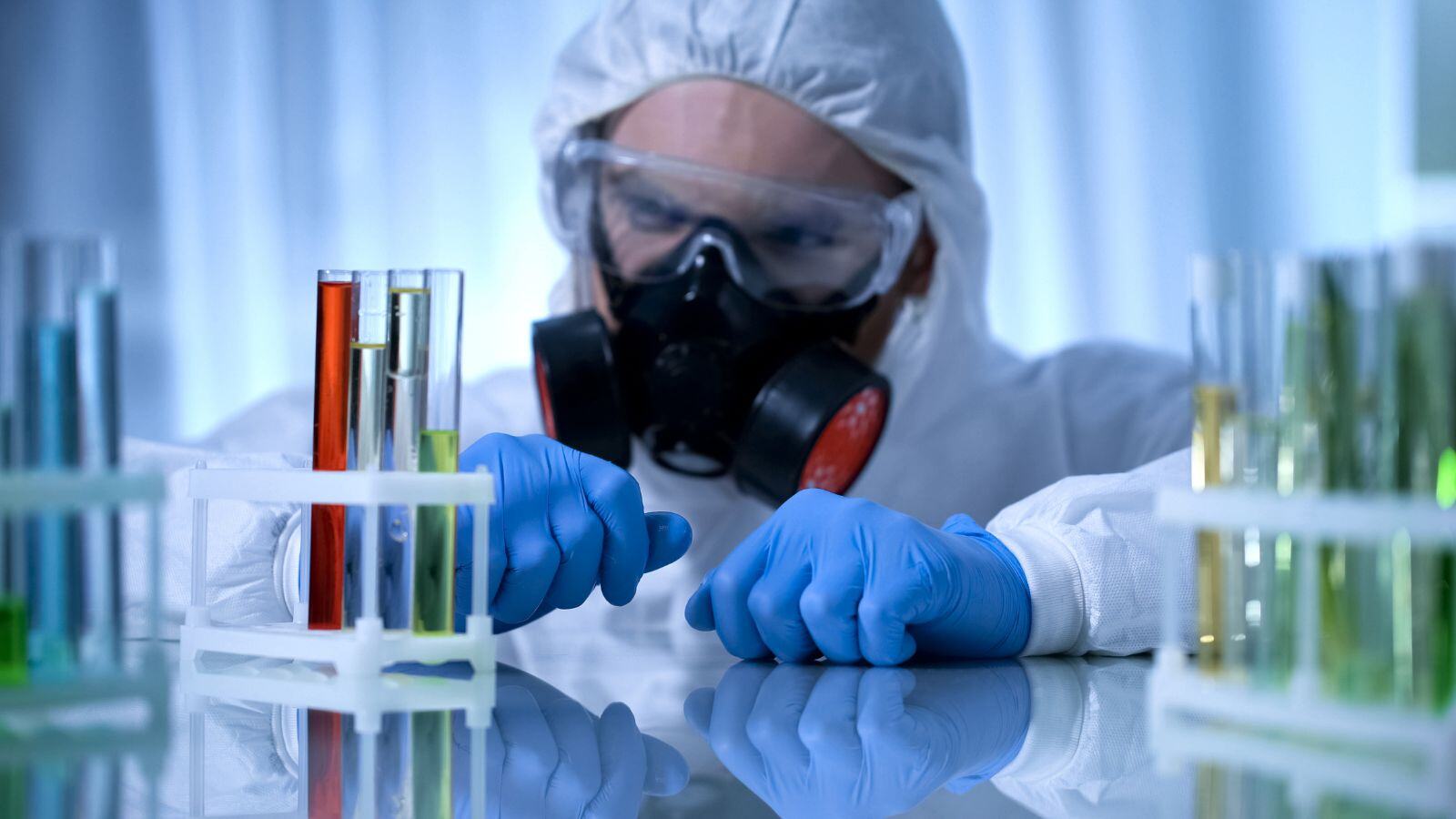
.jpg)

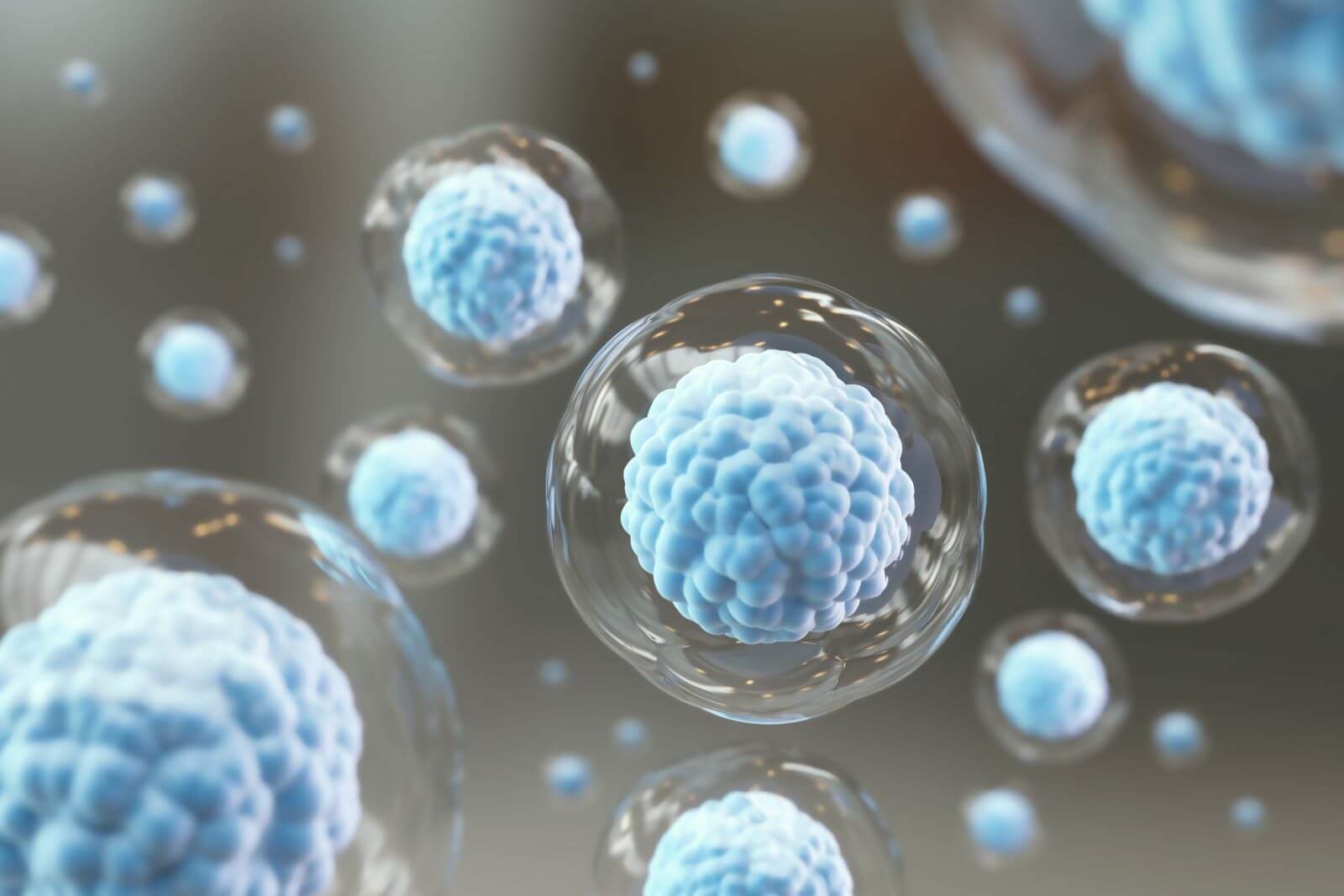

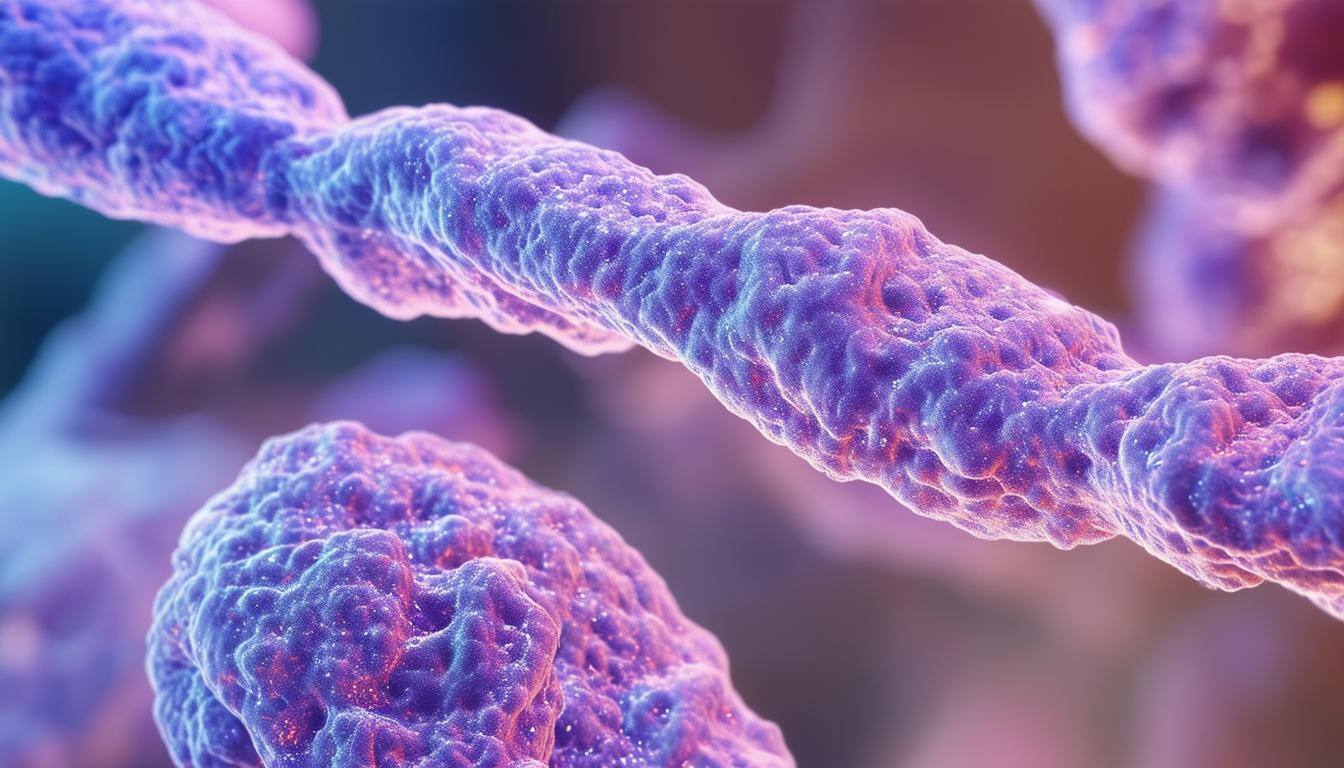

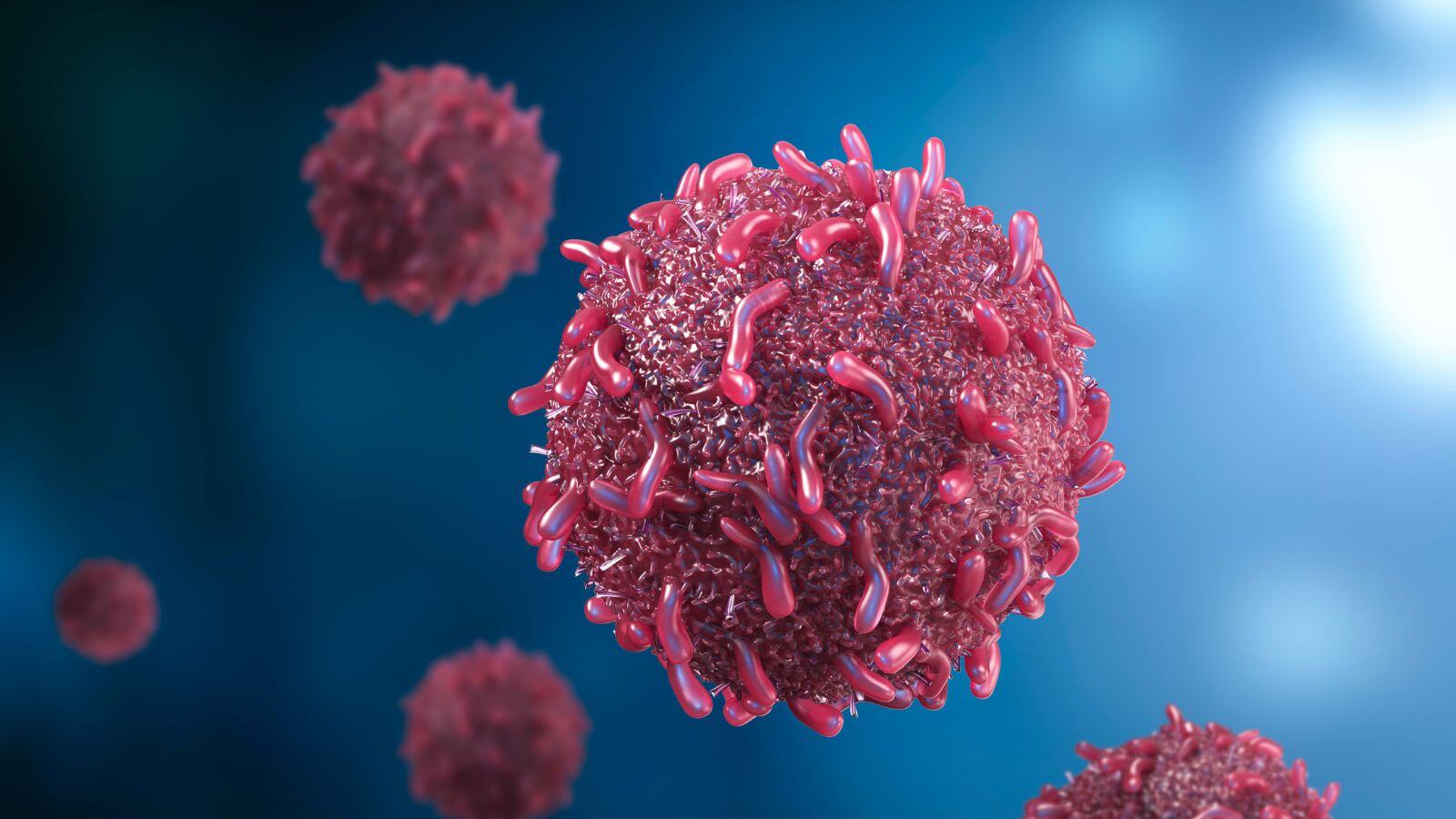
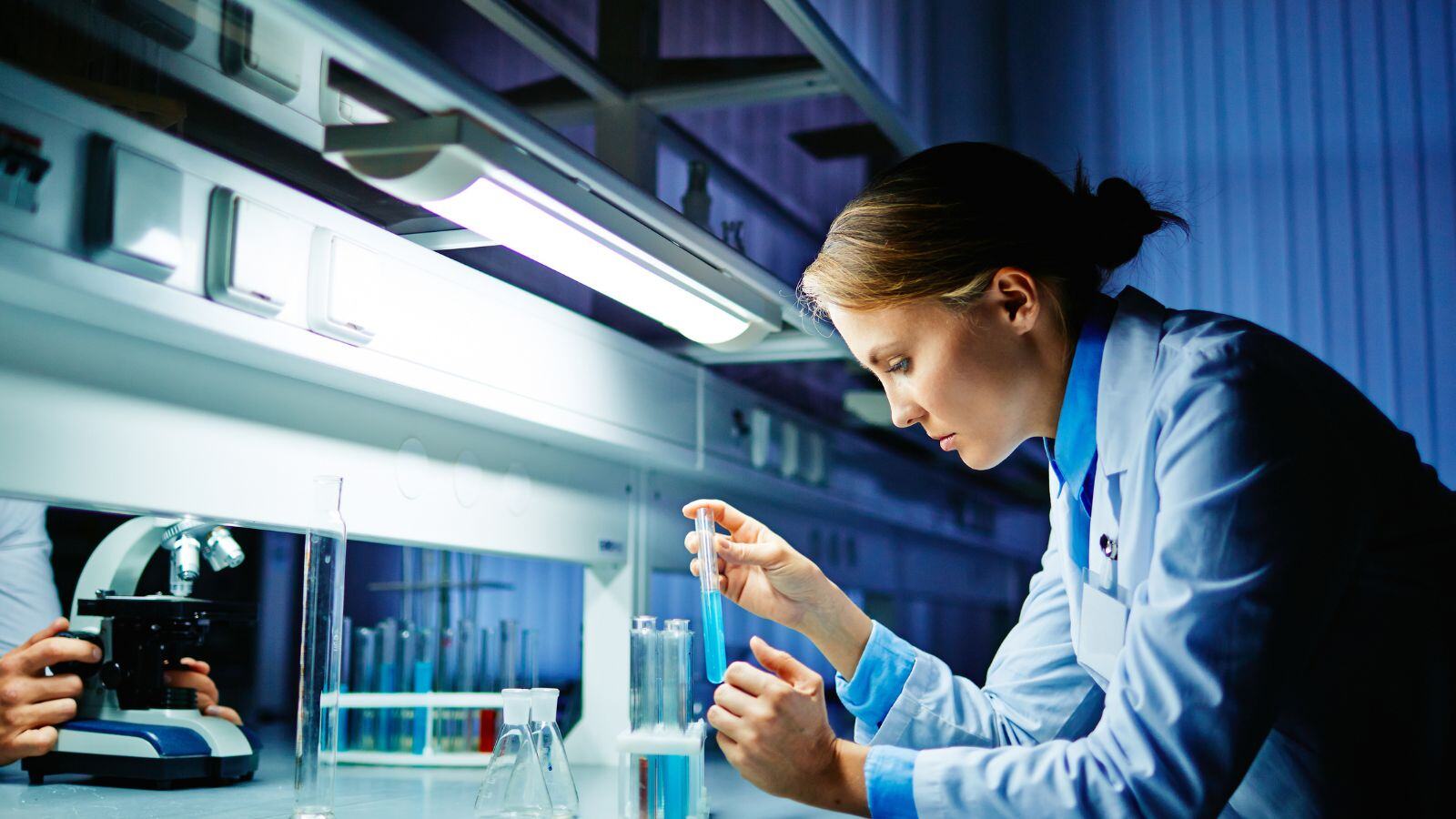

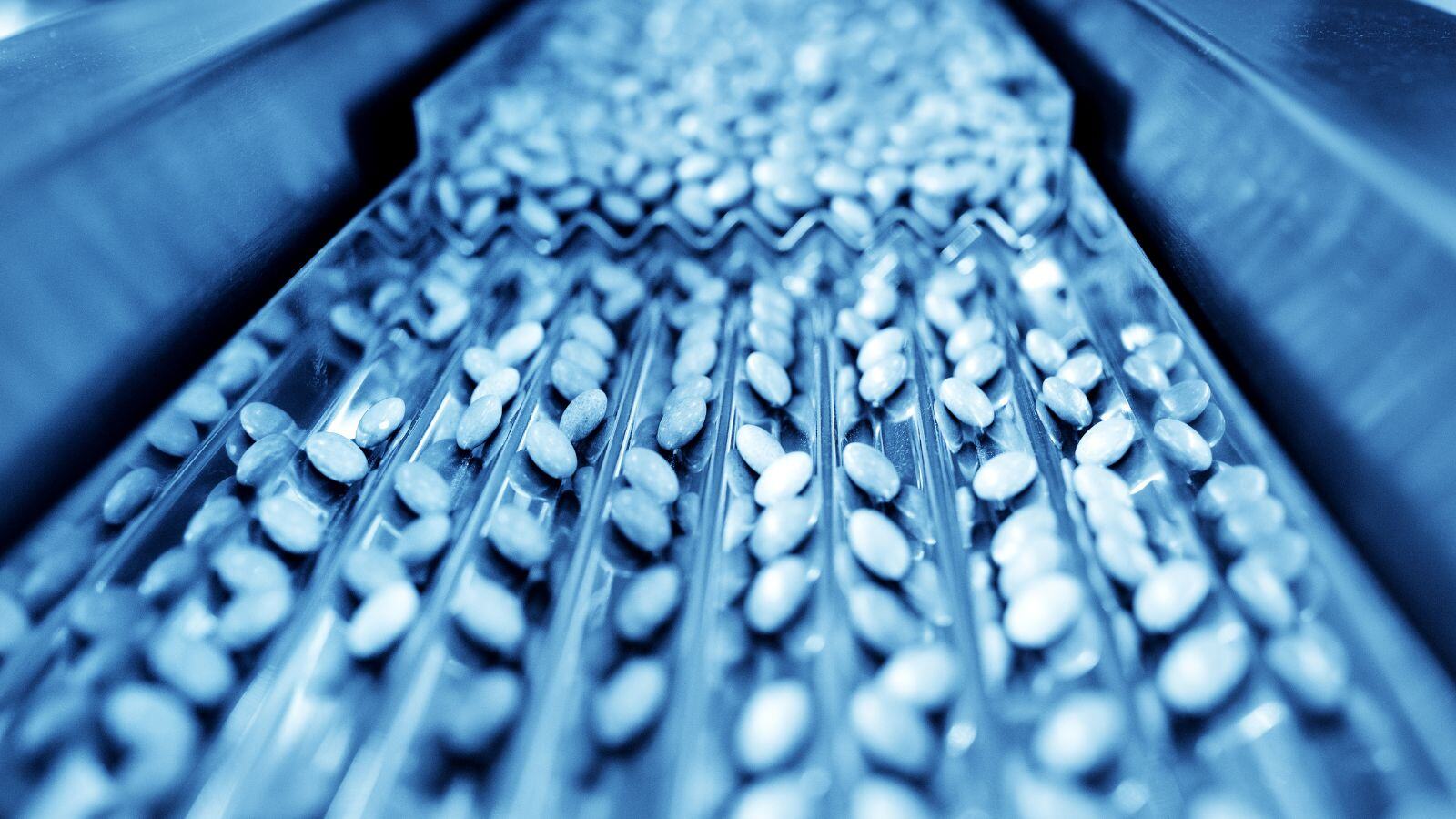
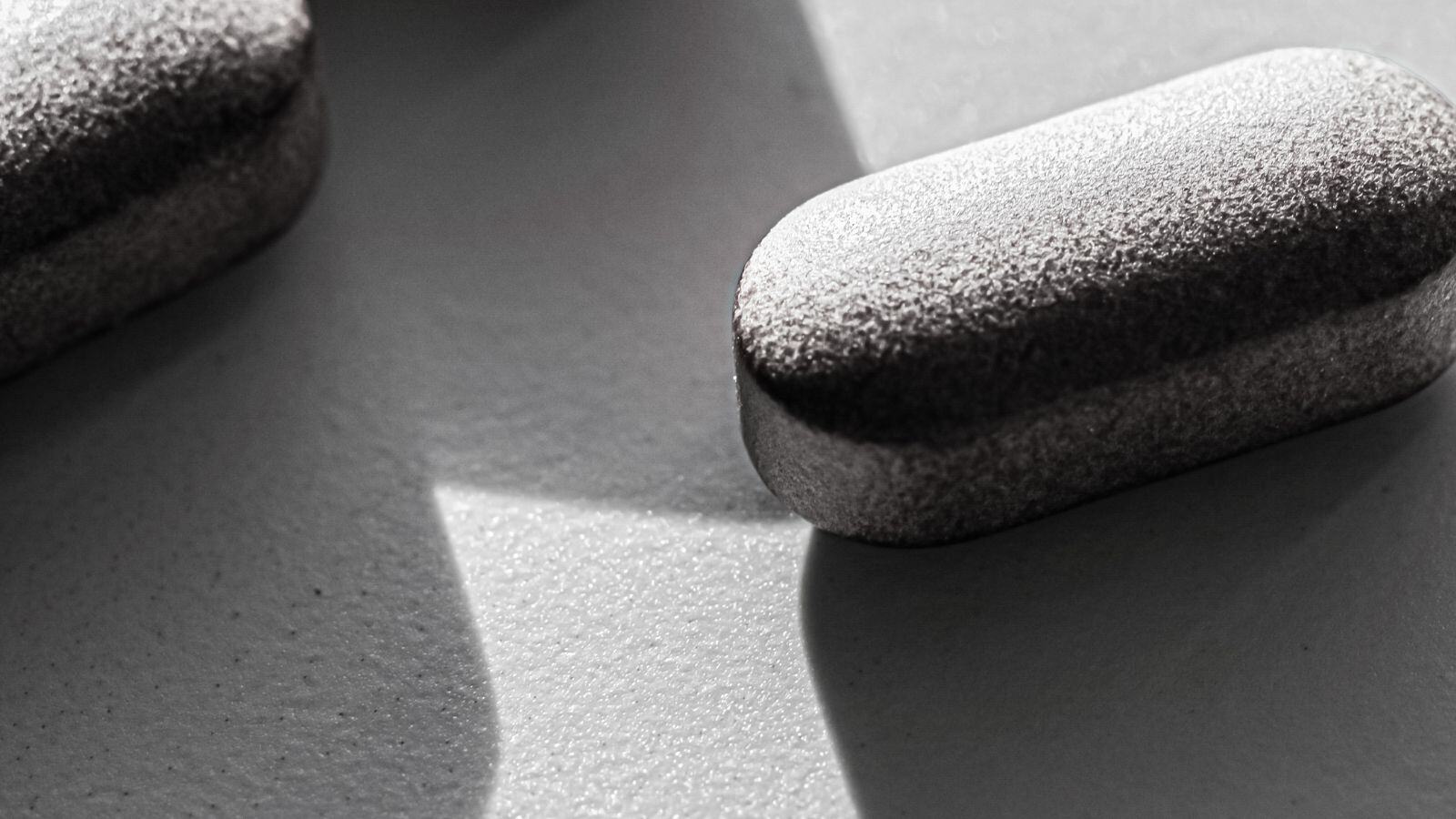



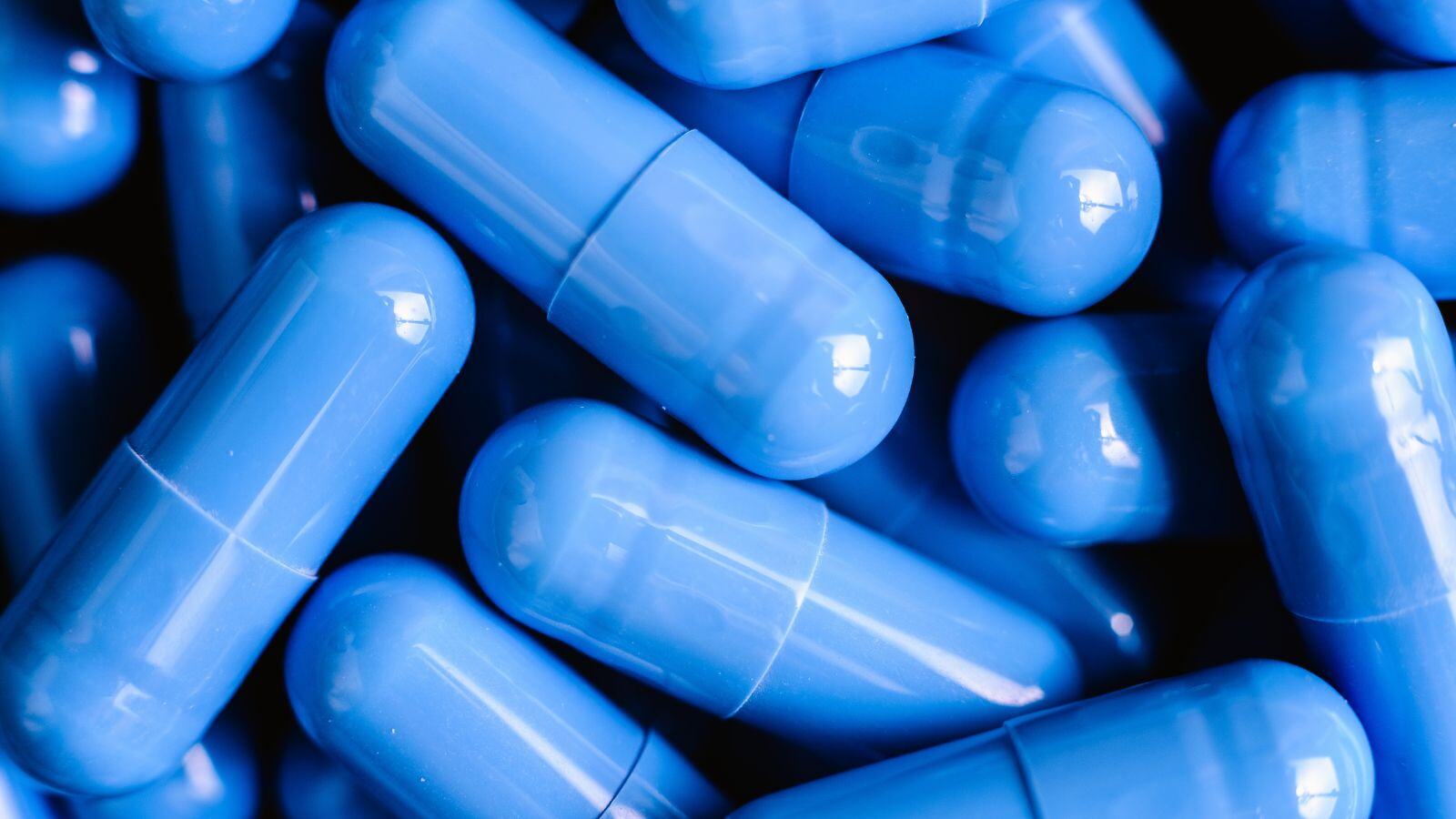







.jpg)

.jpg)
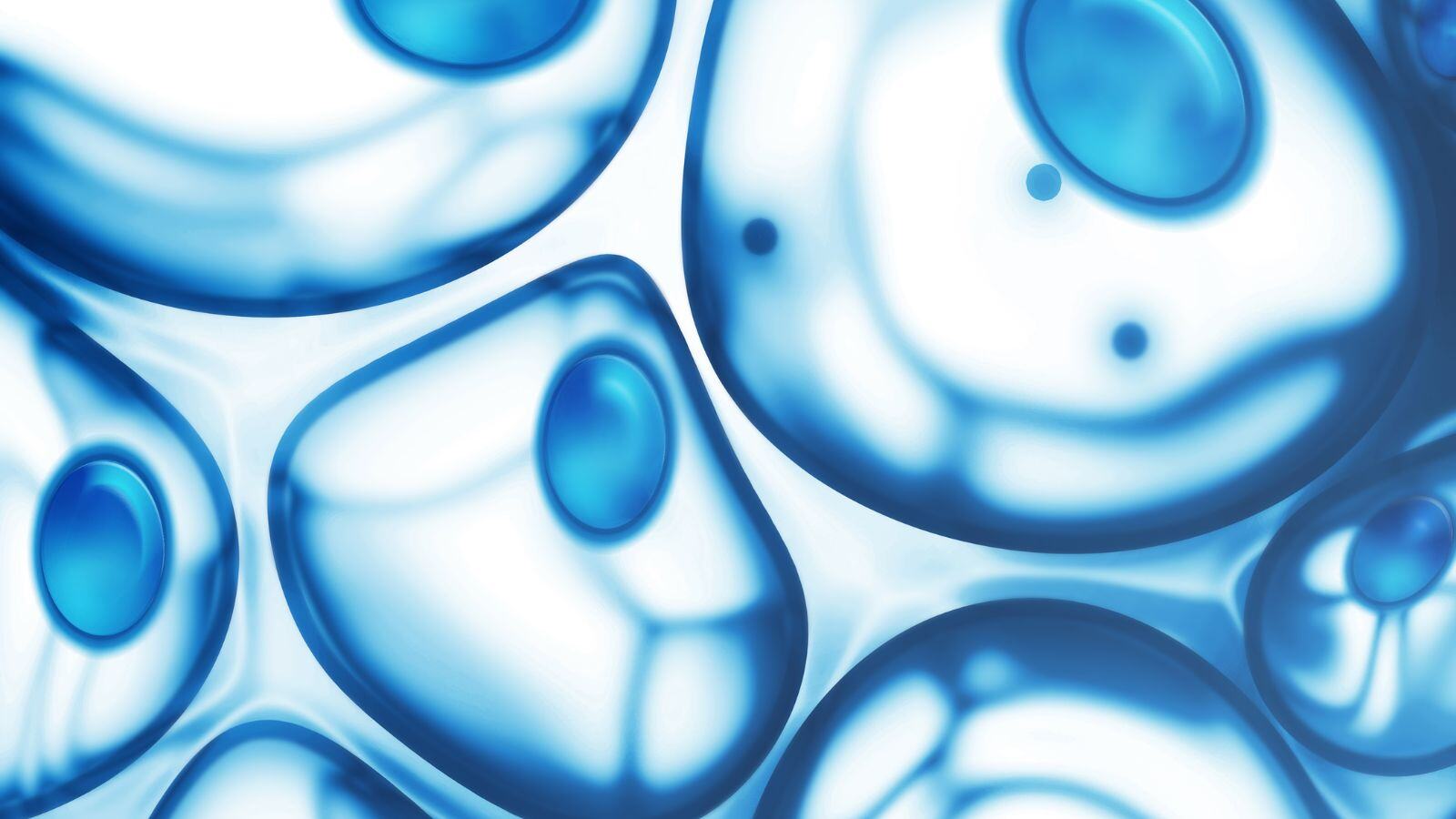

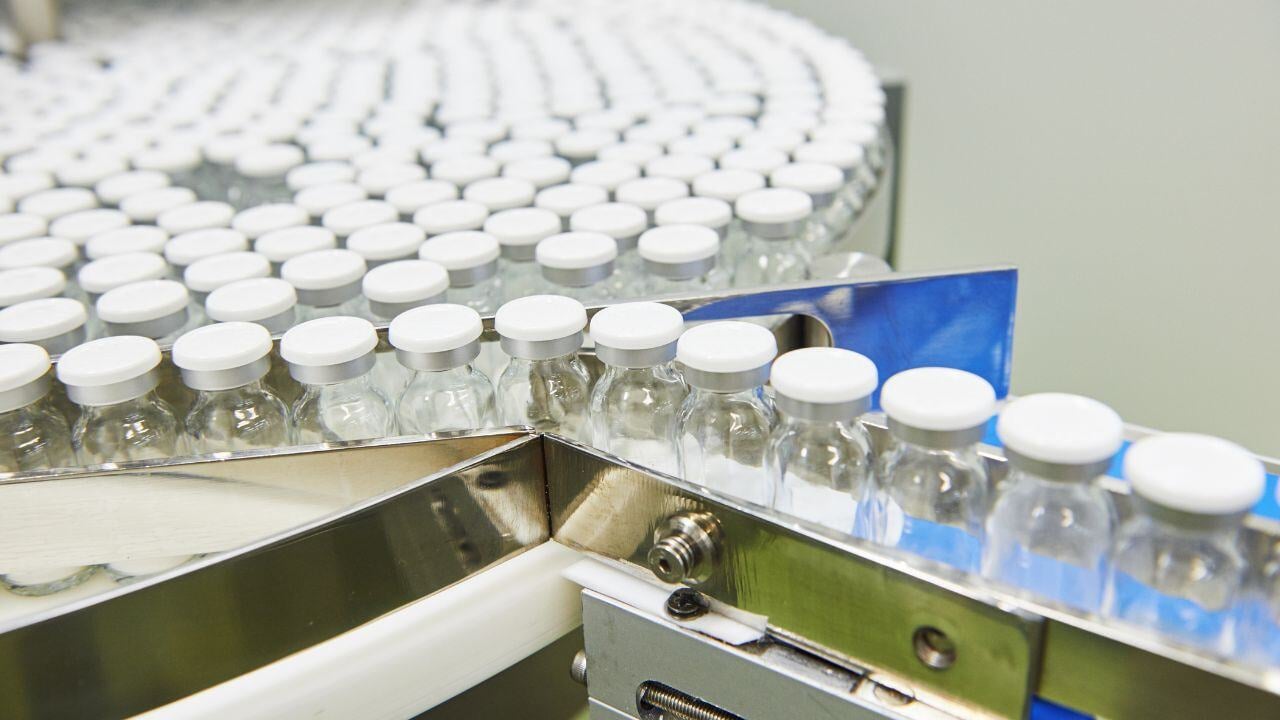
.png)
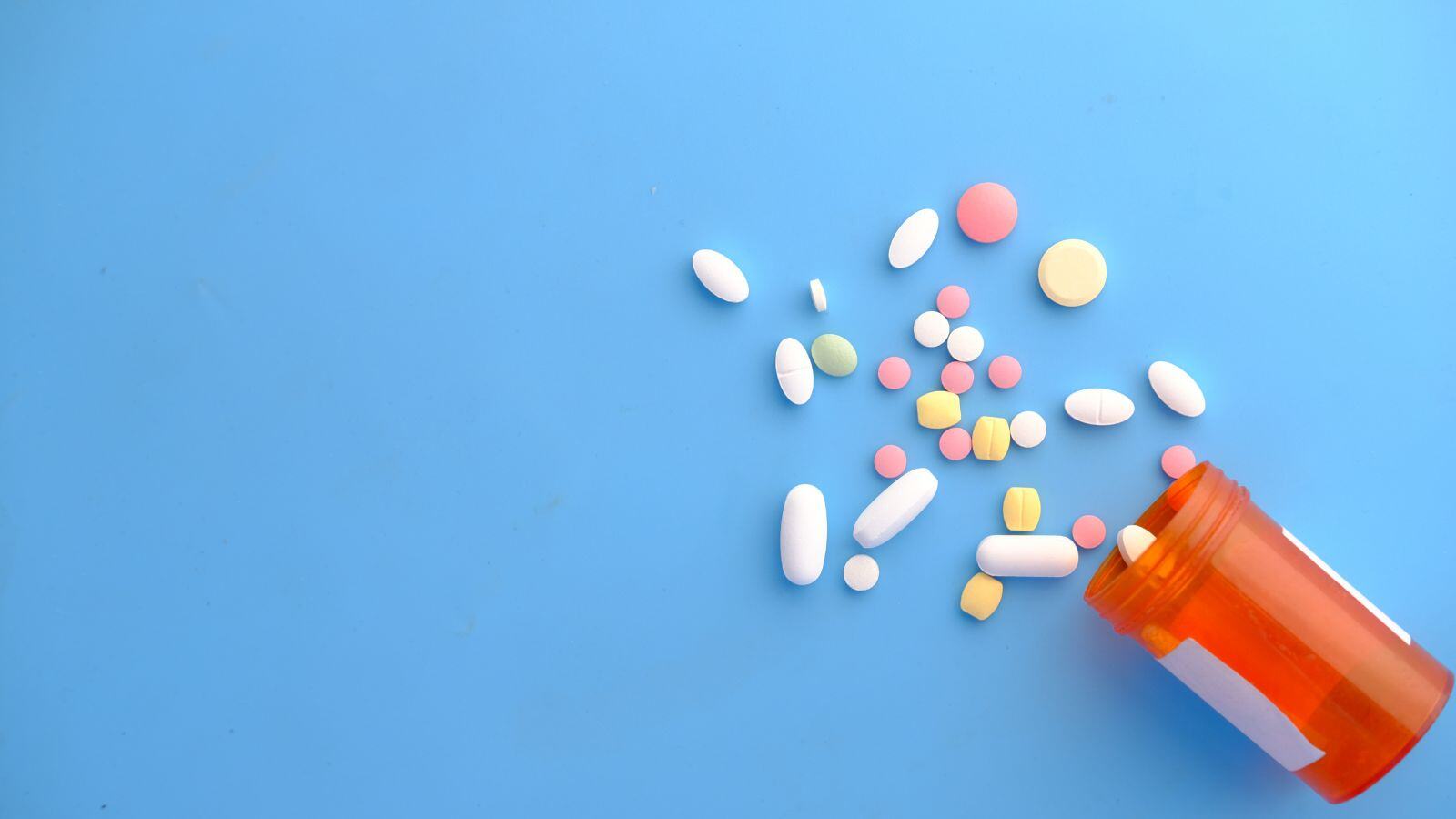
.jpg)
.jpg)

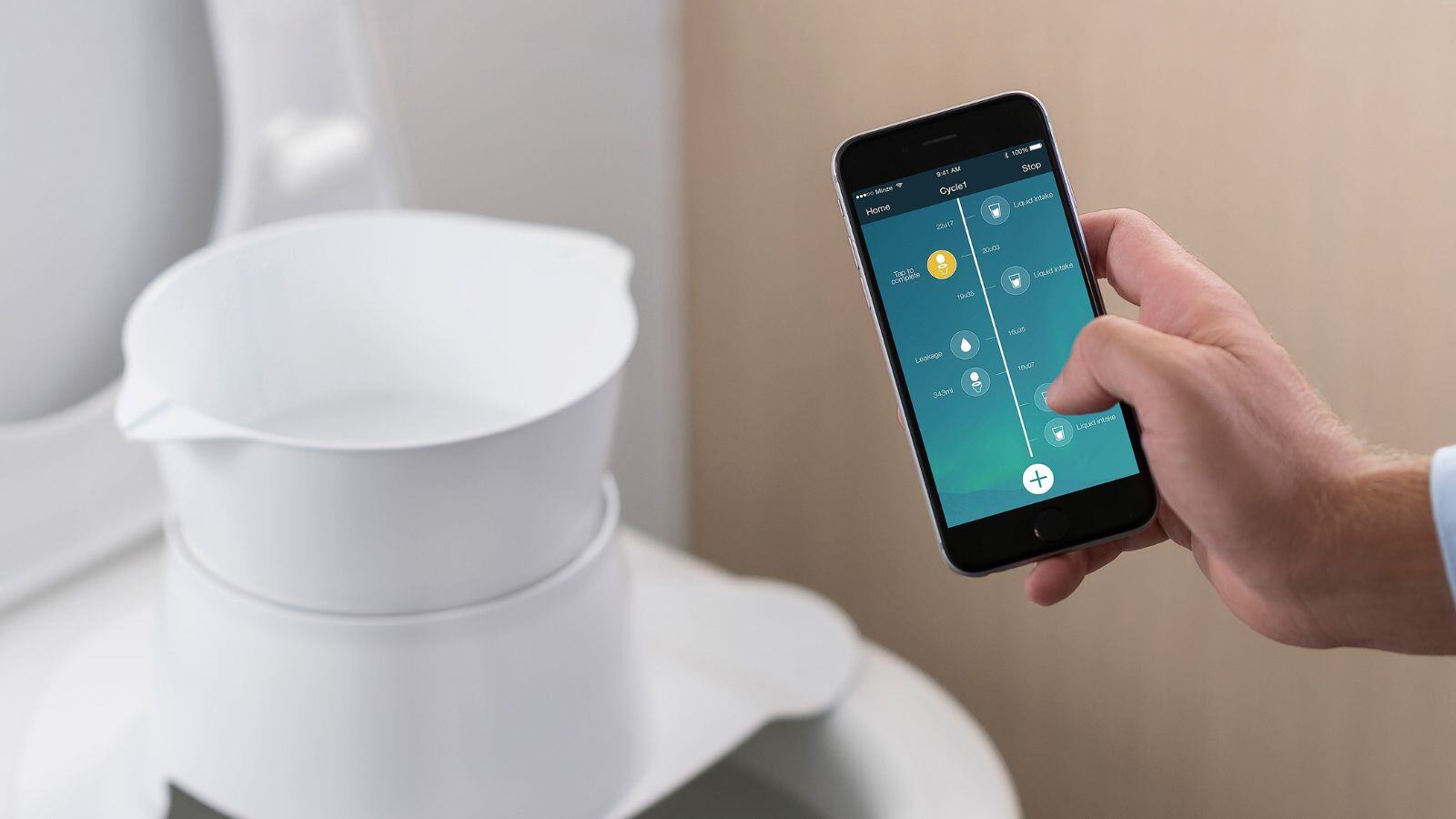
.jpg)
.jpg)

.jpg)
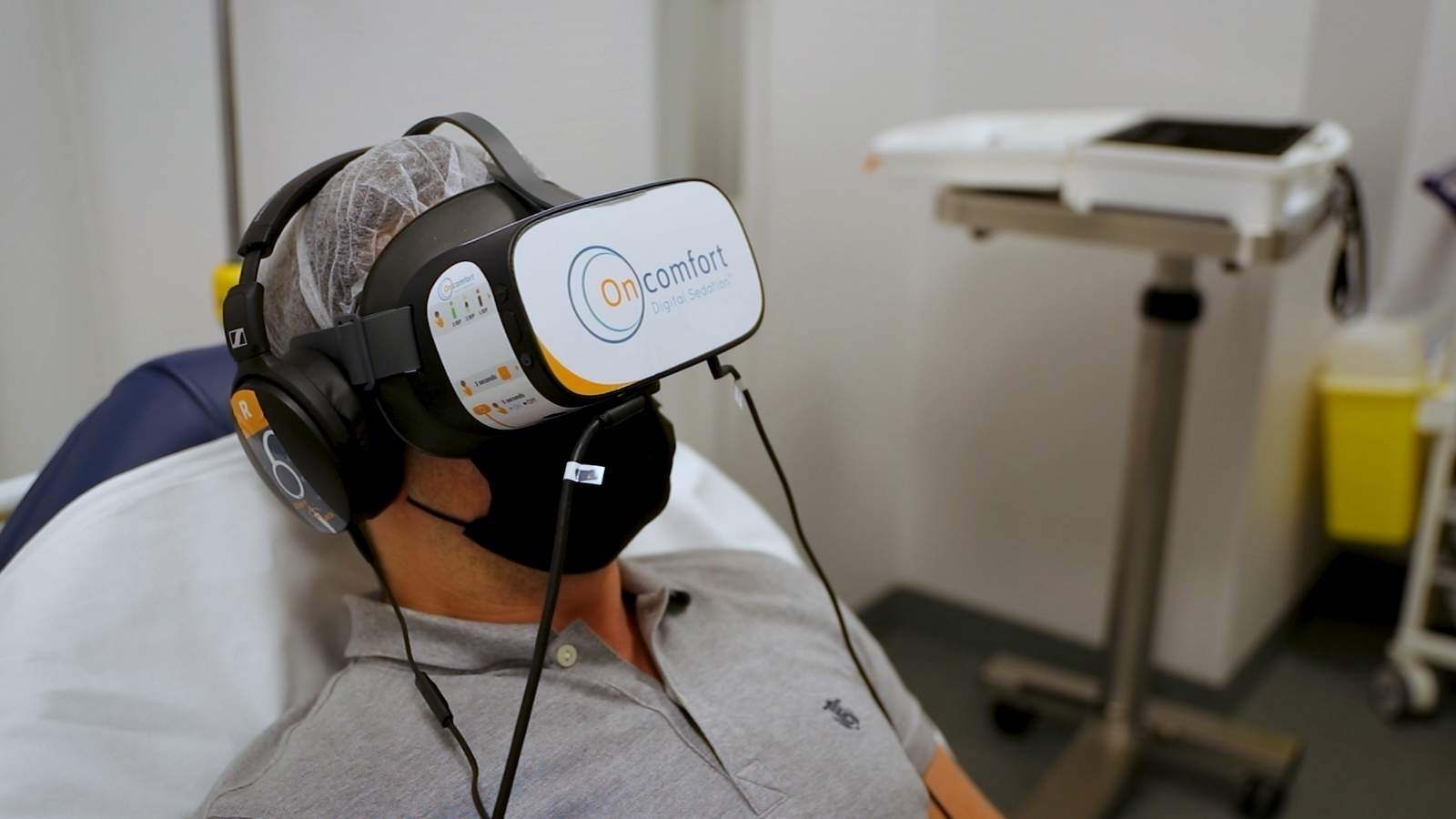
.png)